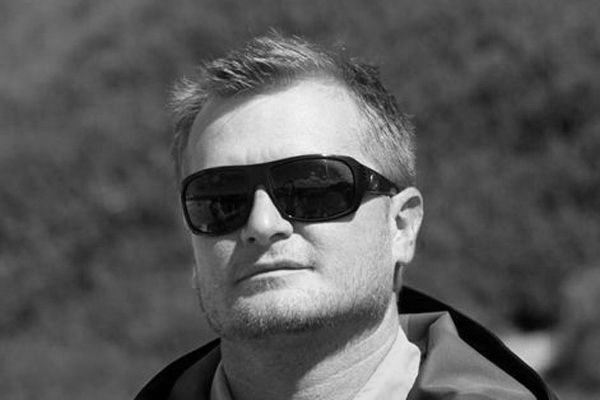
 Harry Wagner
Contributor
Harry Wagner
Contributor
Ford was the first of the Big Three to bring a radius arm, coil front suspension to market for a solid front axle, starting on the ’66 Ford Bronco. Ford continued with the F-150 and Bronco through the introduction of Twin Traction Beams (TTB) in the ’80 model year. This suspension configuration has a reputation for providing a smooth ride and admirable wheel travel, with a similar configuration still in use today on Super Dutys.

The ’74 Early Bronco shown here is sporting a 5-inch suspension lift with quality front coils and rear leaf springs, but it still had some room for improvement. When we ran the Bronco up an RTI ramp it revealed that the short factory radius arms bind under articulation. Plus, the shocks stopped damping years ago. Our goal was to address these issues while retaining the quality components already in use.
Add articulation and improve the ride while retaining the quality components
Our first call was to Bronco specialist James Duff, who started making Bronco parts when the vehicle was introduced for 1966. Duff’s extended radius arms provide more articulation and yield a better ride and handling, particularly when paired with the long-travel Bilstein 5160 series shocks we added. The front shocks are mounted on Duff’s tubular shock mounts, which worked with our existing coil springs and accommodated dual shocks to control the nose-heavy Bronco.
 Our old suspension scored a 723 RTI score on a 20-degree ramp. The front radius arms were binding and the short shocks limited our travel. After our makeover the RTI score jumped to 1069, providing increased trail prowess and an improved ride to boot. After wrapping up the installation over the course of a weekend we hit the trail to test out the modifications. The ride on the road was greatly improved. The new shocks and the James Duff radius arms and supporting components provided greater stability and articulation than ever before.
Our old suspension scored a 723 RTI score on a 20-degree ramp. The front radius arms were binding and the short shocks limited our travel. After our makeover the RTI score jumped to 1069, providing increased trail prowess and an improved ride to boot. After wrapping up the installation over the course of a weekend we hit the trail to test out the modifications. The ride on the road was greatly improved. The new shocks and the James Duff radius arms and supporting components provided greater stability and articulation than ever before.
We rebuilt the existing leaf springs with Slip Plate graphite paint and new bushings from Daystar before reassembling them and slinging them back under the Bronco. Bilstein 5160 remote-reservoir shocks were used in the rear as well, on a Cross Enterprises mount that doubles as a crossmember for added chassis strength.
The result doesn’t provide any more ground clearance or lift height, but it is light years ahead of the previous setup in terms of ride quality, articulation, and handling in the dirt and on the road. Mission accomplished.
PhotosView Slideshow













